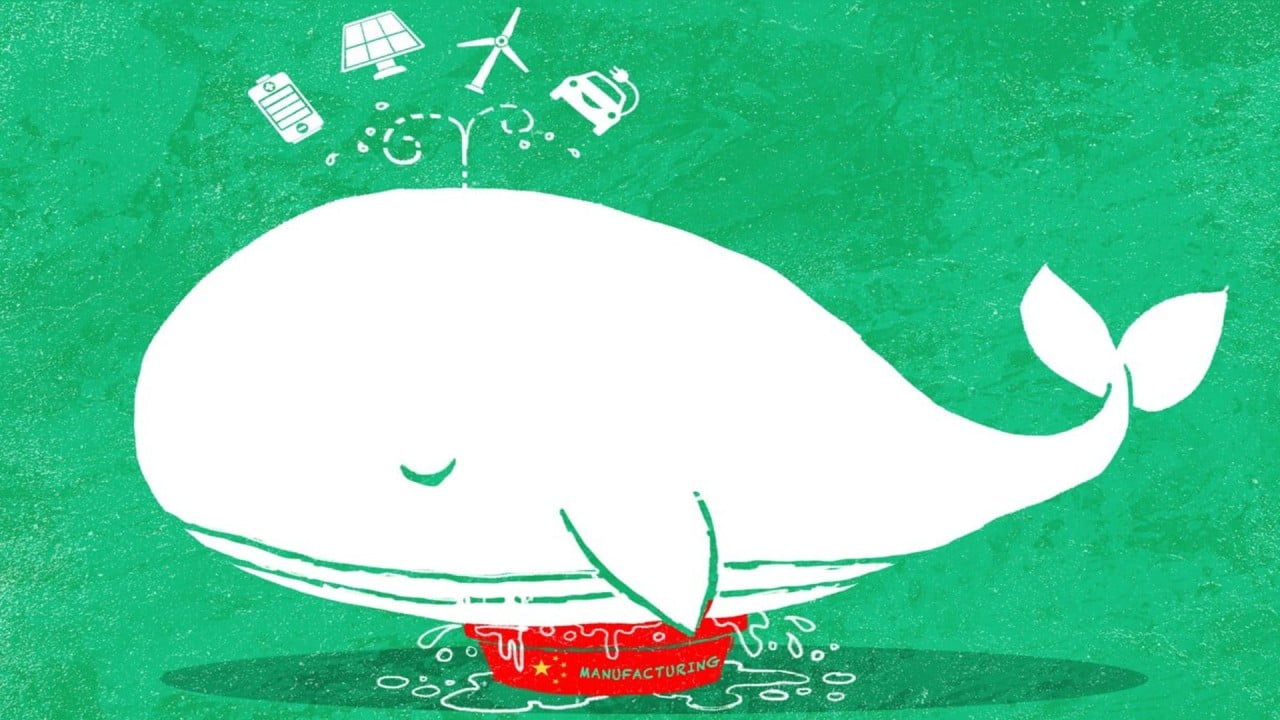China’s progress on key structural changes to its economy has stalled and Beijing has not been transparent on subsidies for major industries, the World Trade Organization has said.
In its first trade policy review for China since 2021, the WTO praised the major role its economy plays in bolstering global trade – but also highlighted some of the major complaints Beijing’s major trading partners have raised in the intervening period.
“China remained an important driving force for global economic growth … however the structural change it had previously embarked upon – away from industry and towards services – came to a halt,” read the report, compiled by economists at the WTO’s secretariat in Geneva.
The 173-page assessment – which, as is standard, was met with a 28-page response from the Chinese government – is being debated by WTO members in the Swiss city on Wednesday and Friday, in what is expected to be a spicy exchange.
The peer review is designed to “enable regular analysis of the trade policies of all WTO members”. The four biggest traders – the United States, the European Union, China and Japan – are reviewed every three years, with other members having less frequent evaluations.
At the heart of this week’s discussion will be issues of state subsidies and overcapacity, which have dominated economic exchanges between China and the West over the past year.
The WTO said that while China had provided notifications of “support programmes” through the evaluation period, “the replies provided by China do not enable the secretariat to have a clear overall picture” of the amount of subsidies given to its firms.
“In particular, the secretariat was not able to gain deeper insight into the levels of financial support for certain highly traded sectors, such as aluminium, electric vehicles, glass, shipbuilding, semiconductors, or steel,” read the report, namechecking some of the hot button industries that have been highlighted by the EU, US and others.
The report cites estimations from academic and private equity sources that these subsidies could top US$900 billion, saying “the incentives provided by these funds have generally not been notified to the WTO”, even as the Chinese authorities say they “operate under market principles”.
“While more work is needed in this area to get a clearer picture, the overall lack of transparency in China’s government support may also contribute to debates on what is perceived by some as overcapacity in some sectors,” it continued.
Major players including the EU and US, but also Brazil, India and Mexico, have placed duties on Chinese imports in sectors such as electric vehicles and steel and aluminium.
The governments in question have cited surplus capacity and unfair subsidies as reasons for doing so.
These two issues will feature prominently in the two-day debate, according to a confidential list of questions anonymously submitted to the Chinese WTO delegation that has been seen by the Post.
Other issues on the list include the Communist Party’s involvement in private businesses, protecting foreign investors against forced technology transfers and whether Chinese retaliatory trade measures are consistent with WTO agreements.
During China’s last review, the debate devolved into a bunfight, according to an account seen by the Post at the time.

Long critiques of Beijing’s trade policies came from Australia – which was at the time embroiled in a tit-for-tat dispute with China – the US, the EU, Japan and Canada.
The latest report praised China for “continuing to liberalise its foreign investment environment” and reducing the sectors that are off limits to foreign investors to 31.
It said the country’s integration into the global trading system had resulted in rising wealth in recent decades and “the eradication of extreme poverty”.
But it warned: “China’s strong growth has been accompanied by high levels of income inequality and strong urban-rural wealth contrasts.”
Overall, it found Beijing’s tariff structures had “remained largely unchanged” since 2021, but a number of trade and export controls had come into force in the period studied.
These include the suspension of seafood imports from Japan over the release of waste water from the Fukushima nuclear plant and a broadening of the items requiring export licences, including gallium, germanium, graphite and drones.
The report pointed to China’s “limited progress” in joining the WTO’s agreement on government procurement – something that has frustrated policymakers in Europe and triggered an investigation earlier this year into the perceived lack of market access for its firms in China’s lucrative government tenders.
In its response, Beijing said that “in the face of complicated and severe international situations, China overcame the pressure of declining external demand and insufficient domestic demand and realised steady growth on foreign trade and overseas investment”.
It said it had “deepened reform” of its state-owned enterprises, and pointed to last summer’s 24-point plan to assuage the concerns of foreign investors, which Beijing said would ensure they were treated in the same way as domestic firms in certain areas.
China’s report said it was making reforms with a view to joining multilateral deals, including the Comprehensive and Progressive Agreement for Trans-Pacific Partnership and the Digital Economy Partnership Agreement.
It also said it was “taking steps to pilot high-standard international economic and trade rules in areas such as reforms on SOEs [state-owned enterprises], digital economy, intellectual property rights and government procurement”.




.jpg?itok=Qexy_wA0)